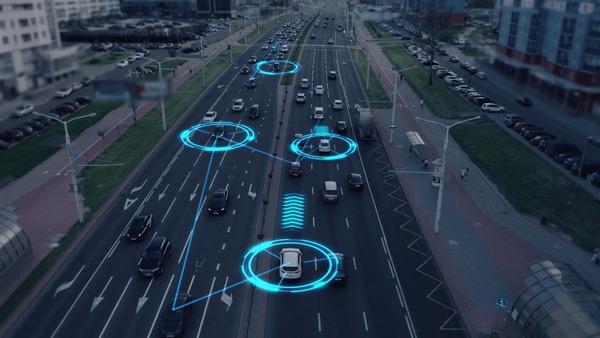AI navigation is rapidly becoming the cornerstone of next-generation aviation. From pilotless drones to real-time air traffic control and intelligent assistance in the cockpit, AI navigation is changing how aircraft move, think, and respond. This evolution is setting new standards in autonomy, safety, and operational performance — taking aviation beyond traditional limits.
Rethinking Autonomy: AI Navigation Beyond Satellite Dependency
For decades, GPS has been the backbone of aerial navigation. But AI navigation is now offering a more robust and resilient alternative — one that doesn’t rely on satellite signals. In environments where GPS is blocked or compromised, such as dense urban zones, underground locations, or contested military airspace, AI navigation keeps aircraft operational.
Companies like Bavovna.ai are pioneering sensor-rich, AI-powered positioning systems that use onboard vision, inertial data, and environmental analysis to navigate. These systems blend deep learning with real-time data processing to allow UAVs to chart precise paths and return autonomously, even in complete GPS denial.
Field tests with advanced drones, such as the Aurelia X6 Max, have shown near-zero positioning drift over long distances — proving that AI navigation is no longer theoretical. It’s deployable, scalable, and essential for mission-critical applications like disaster response, covert reconnaissance, and infrastructure monitoring.
AI Navigation in Commercial Aviation: From Assistants to Decision-Makers
As aircraft systems become more complex, human pilots are expected to process vast amounts of data under time pressure. AI navigation bridges this cognitive gap by serving as an intelligent assistant — or even a proactive decision-maker.
One leading example is the AI co-pilot developed under the Air-Guardian initiative at MIT CSAIL. This system uses advanced AI navigation algorithms to track pilot attention, monitor aircraft status, and intervene when necessary. It doesn’t just support — it thinks alongside the pilot.
Through machine learning and predictive modeling, these systems reduce the chance of human error, manage complex flight scenarios, and optimize responses to sudden threats. With the rise of semi-autonomous aircraft, AI navigation is transitioning from passive tool to active flight partner.
Smarter Skies: AI Navigation for Airspace Optimization
AI navigation also plays a central role in managing the skies themselves. As global air traffic grows, controllers face increasing strain to ensure safe and efficient routing. Traditional systems struggle to predict and respond to real-time congestion — but AI navigation can change that.
The ASTRA project is one such example of smart airspace management. Using AI to analyze historical and live traffic data, ASTRA forecasts future congestion zones and suggests strategic rerouting before issues occur. With AI navigation integrated into air traffic control, the system anticipates problems instead of reacting to them.
This leads to fewer delays, lower fuel consumption, and safer, more predictable flight paths. AI navigation transforms traffic management into a proactive science — one that benefits passengers, airlines, and the planet alike.
AI Navigation and the Future of Flight
The full potential of AI navigation is still unfolding. As aircraft become more intelligent, the systems guiding them must evolve as well. Future innovations may include swarm-based AI navigation for drone fleets, adaptive learning for weather avoidance, and fully autonomous commercial aircraft.
AI navigation isn’t just changing how aircraft find their way — it’s redefining what it means to fly. The blend of machine intelligence, data awareness, and real-time decision-making will continue to drive the aviation sector toward safer, smarter, and more sustainable skies.
With AI navigation, aviation is no longer bound by traditional infrastructure or human limitations. It is entering a new era — where thinking machines guide us through the air with precision, foresight, and adaptability.
